
Picture an Illinois farm in the old days. My guess is that the image you conjure includes a picturesque red barn, an old Farmall, a sun setting in a hayfield, and a flock of ring-necked pheasants. Perhaps there’s a rooster popping up from the fence row or a hen hustling her brood into the bushes. The ring-neck is so ingrained in our image of yesteryear that many folks assume the pheasant is native to the Prairie State. The ring-necked pheasant, though, is a newcomer. Its story begins in the really old days, far before farms and far beyond the ocean of prairie grasses in North America.

More than 10 million years ago, archeologists say, pheasants were present in the area now known as southern France. The Romans were familiar with pheasants, and there’s evidence that these birds were common in Greece in the fourth and fifth centuries B.C. Scholars suggest that pheasants made the trip to the British Isles with invading Normans and Romans.
Ancient pheasants’ home turf extended far and wide across Eurasia.
“The native range of the ring-necked pheasant stretches all the way across the temperate regions of Asia, from the Black Sea and Caspian Sea eastward to Korea and the coast of China,” explained Kenn Kaufman in the January 24, 2017 issue of Audubon magazine.
The pheasant became a favorite of European gentry who enjoyed the birds for sport hunting. In the 1700s, Americans wanted a piece of the action, too. In 1730, governors of the then-Providences of New York and New Hampshire imported ring-necks to their new land. These birds didn’t reproduce, though, and the introduction was a flop. That didn’t stop Americans from trying. Later in the 18th century, President George Washington bought pheasants for his Mount Vernon estate. Benjamin Franklin’s son-in-law also gave it a try. For many decades, though, the United States remained pheasant-less.

In 1880 the U.S. consul general in Shanghai was an Oregonian named Owen Denny. Denny was impressed with the ring-neck pheasants that inhabited the Chinese countryside. He envisioned the colorful roosters and their hens as game birds back home. “These birds are delicious eating and very game and will furnish fine sport,” he wrote. Live pheasants were sold in Shanghai marketplaces, and Denny purchased “a large number” of them. He fattened them up and shipped 60 of them across the ocean to Oregon in 1881. Many of these pheasants perished en route. A few released near Portland managed to survive.
Denny continued to ship pheasants to Oregon after his initial attempt. These newcomers settled in and established a breeding population. Washington historian Kit Oldham wrote, “When the first pheasant season opened in Oregon in 1892, hunters reportedly bagged 50,000 birds on the first day.”

This was a whopping success, to put it mildly. As the new game birds were catching on in Oregon, other states were eager to bring the birds to their turf as well. In a short period of time, 40 states welcomed pheasants to their wild lands. Illinois’ first successful population began in 1890, near Macomb.
Although not native to North America, ring-necked pheasants became naturalized. In other words, they successfully bred in the wild and established viable offspring. “By the 1930s,” wrote Kaufman, “pheasants were firmly established in most of their current range: abundant on the northern Great Plains, widespread in the interior of the West, and common across the Midwest through much of the Atlantic Coast.”
Ring-necked pheasants were the new kids on the block, but they were faring better than native game birds, such as the greater prairie-chicken. Native prairie was disappearing at an alarming rate, but agricultural practices suited pheasants well. Diverse crops, fallow fields and miles of brushy fence rows were an ideal set-up for the introduced birds.
Pheasants enjoyed the ride from the 1930s through the sixties. By some estimates, there were more than 150 pheasants per square mile in north central counties by the 1950s. Annual harvests topped one million birds several times in the 1960s and even into the 1970s.

This was the top of the roller coaster ride for ring-necks in Illinois. The peak was followed by a downward dive. Less than 35,000 birds were bagged in 2017—quite a contrast to the numbers of our grandparents’ time. Today, wild birds are an exception rather than the rule.
How did this game bird, once symbolic of the Illinois landscape, fade from the picture? In a word: habitat. The 1970s ushered an array of agricultural practices that favored plowing from the porch door to the pavement. Instead of a patchwork of small, diverse fields separated by brushy fence rows, the new agricultural landscape is dominated by vast, unbroken acreage of two main crops: corn and soybeans. These monocultures are dependent on hefty doses of fertilizer, pesticides and herbicides. This all adds up to big-time habitat loss—not just for pheasants, but for dozens of species of wildlife.
The ring-necked pheasant has come a long way from its exotic origins to its establishment in the Prairie State. The next chapter in its story is being written right now by folks dedicated to habitat restoration. The cackle of the ring-neck, heard first far across the ocean, can still be heard in Illinois, and with our help, our grandchildren will hear it, too.
Valerie Blaine has worked as a naturalist for more than 40 years, from the prairies and woodlands of Illinois to the shores of the San Francisco Bay. She earned a master’s degree in forestry and a bachelor’s degree in botany from the University of Illinois. Blaine retired as the Nature Programs Manager for the Forest Preserve District of Kane County.






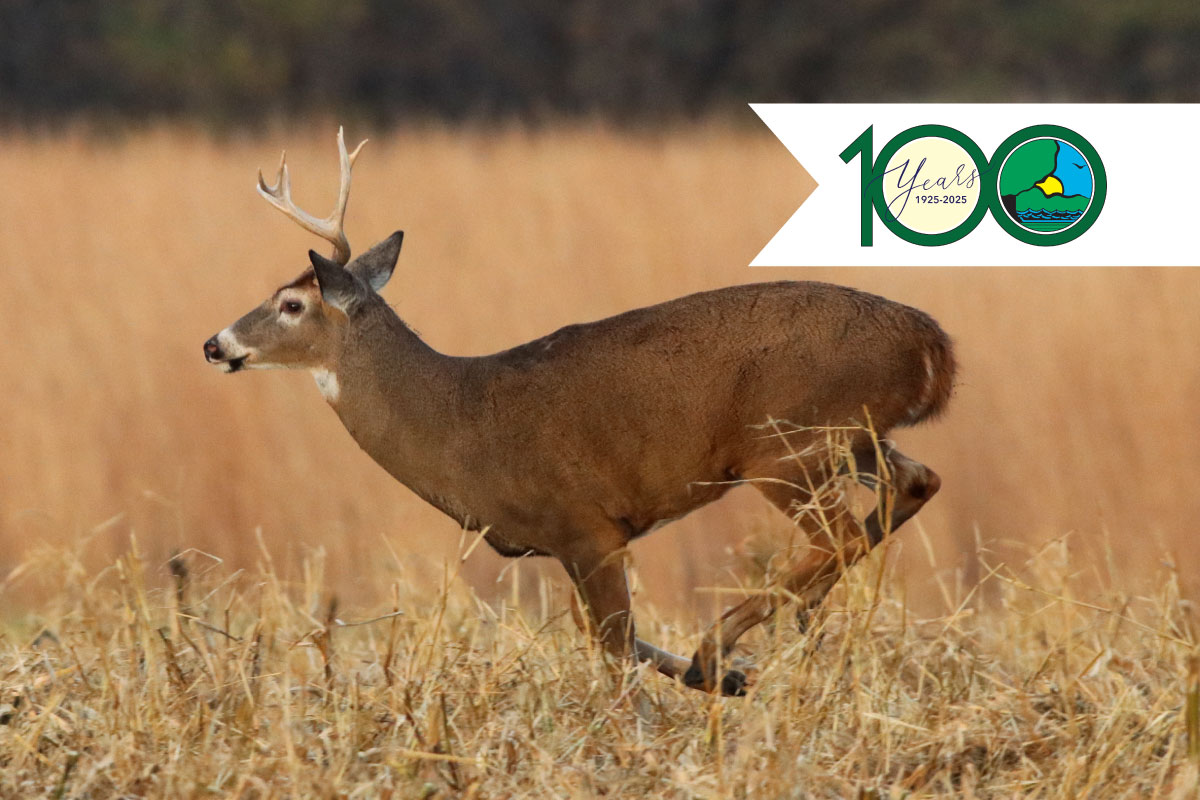
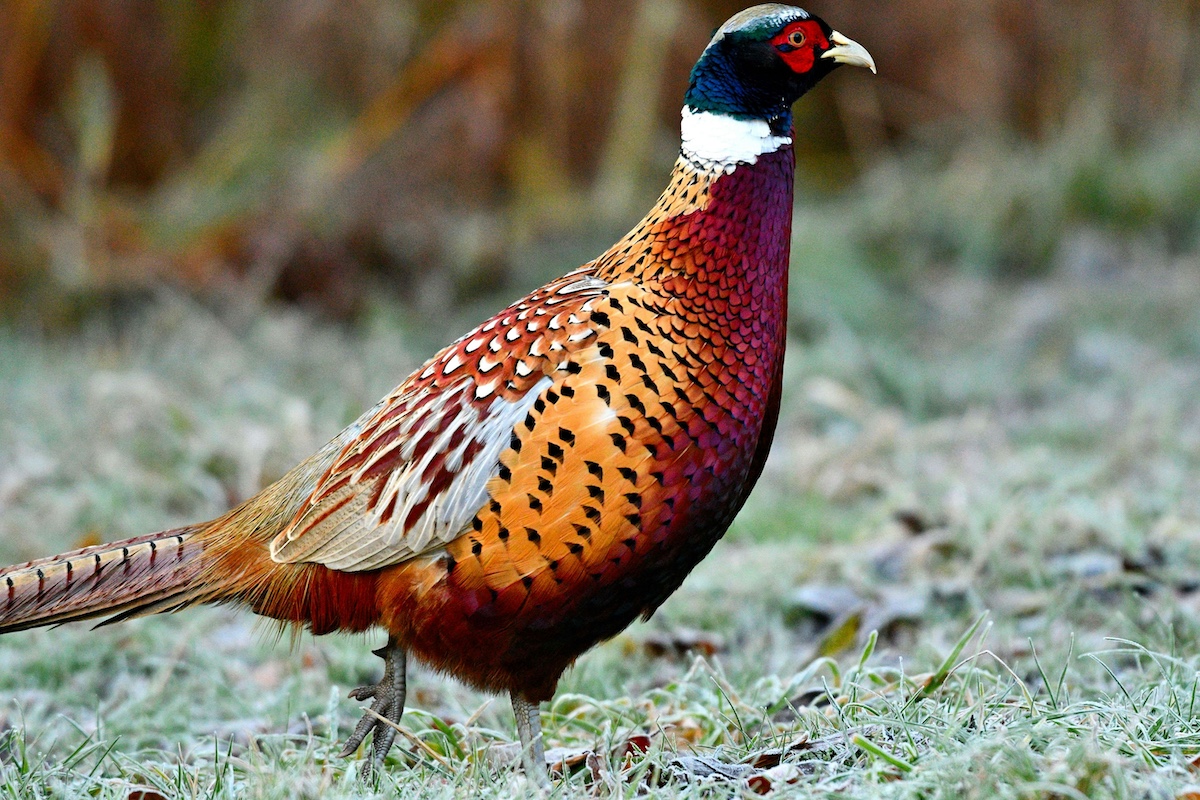
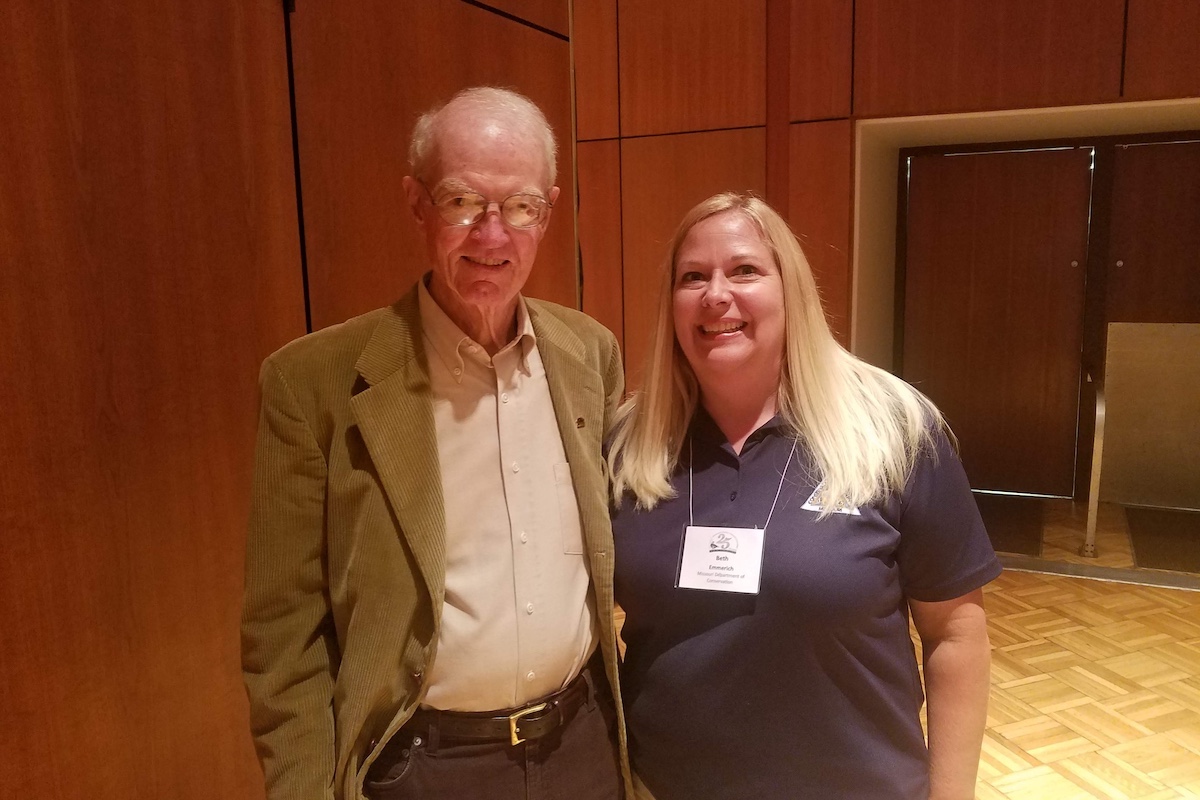
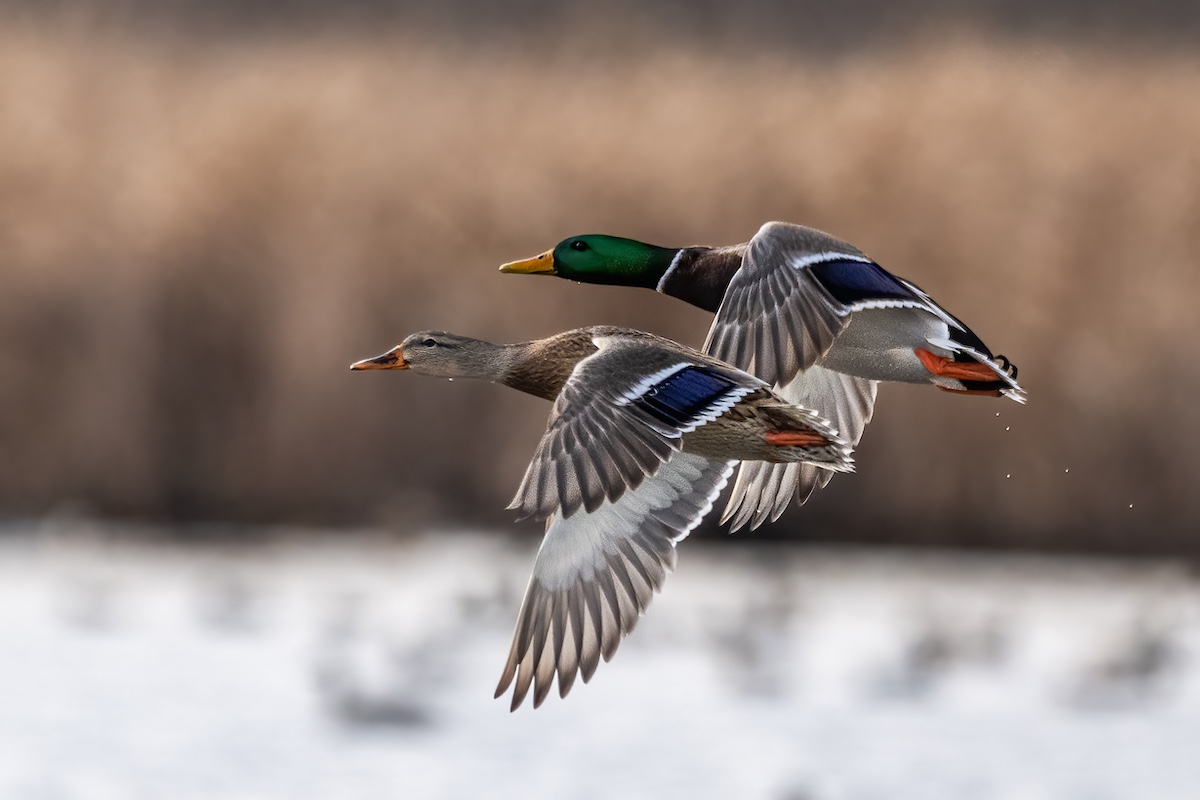
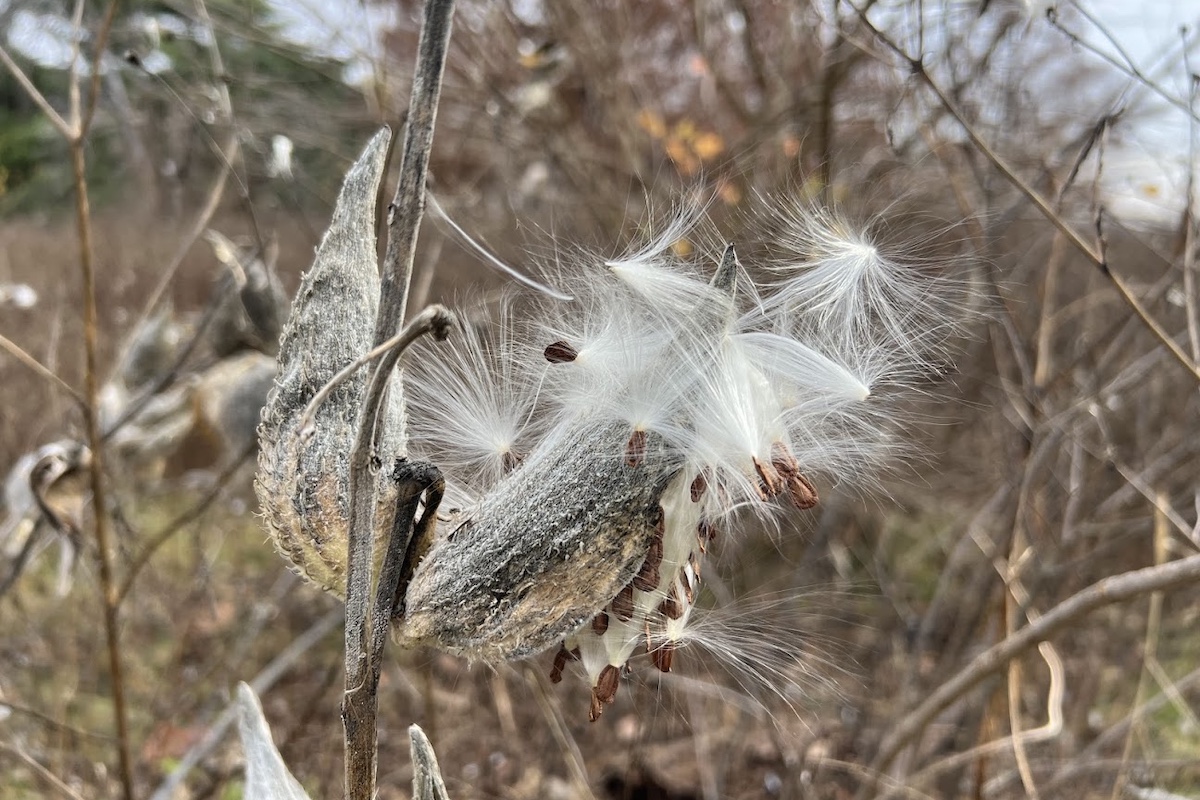
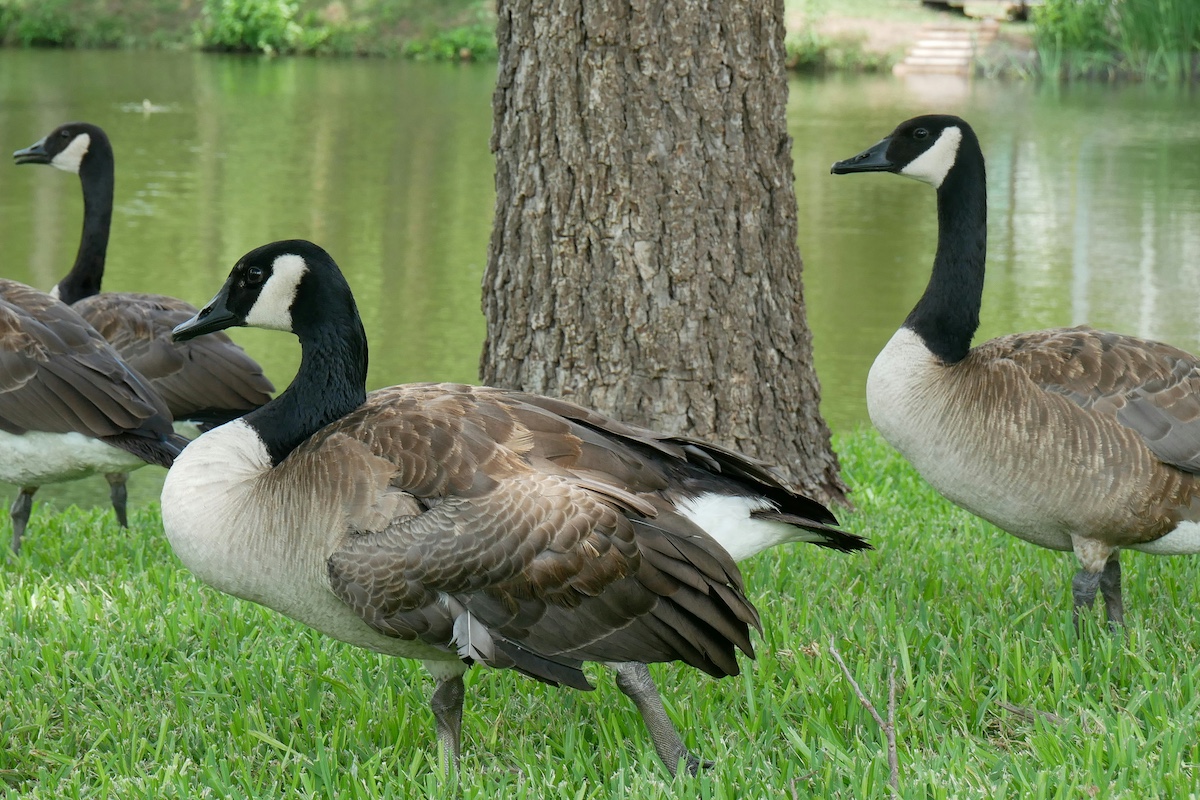

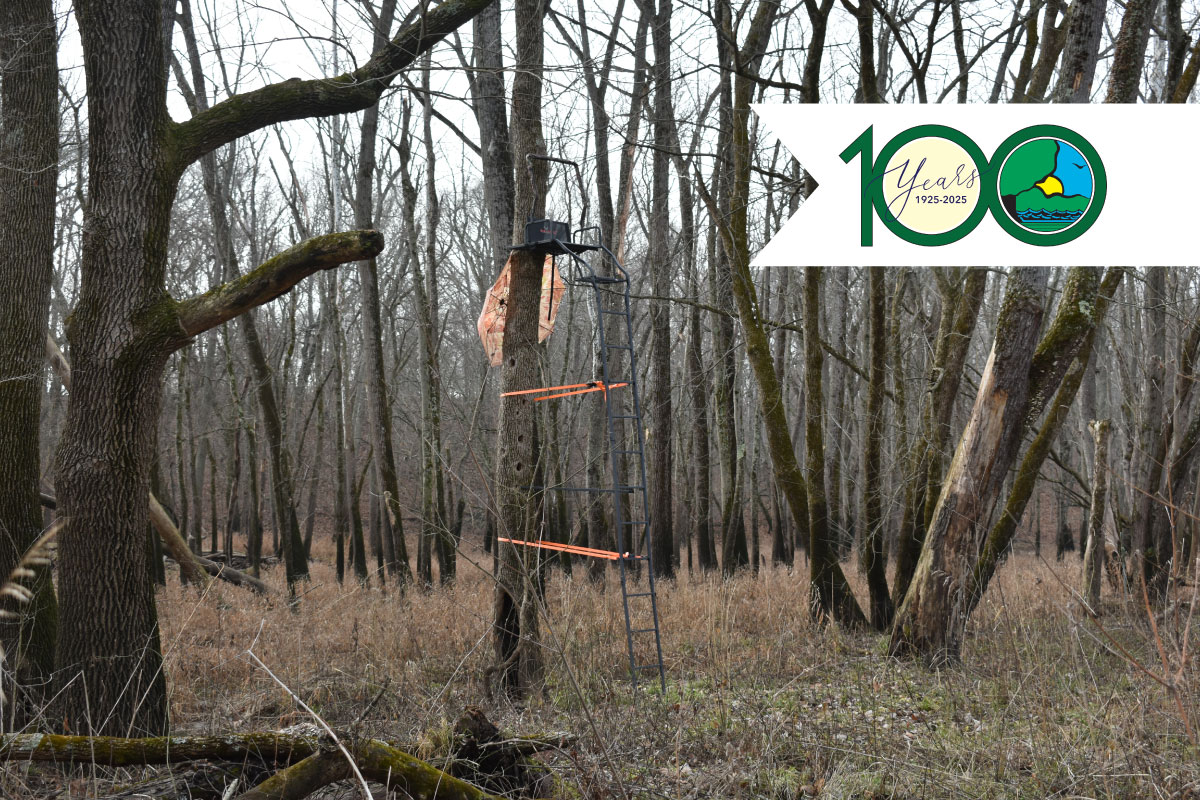
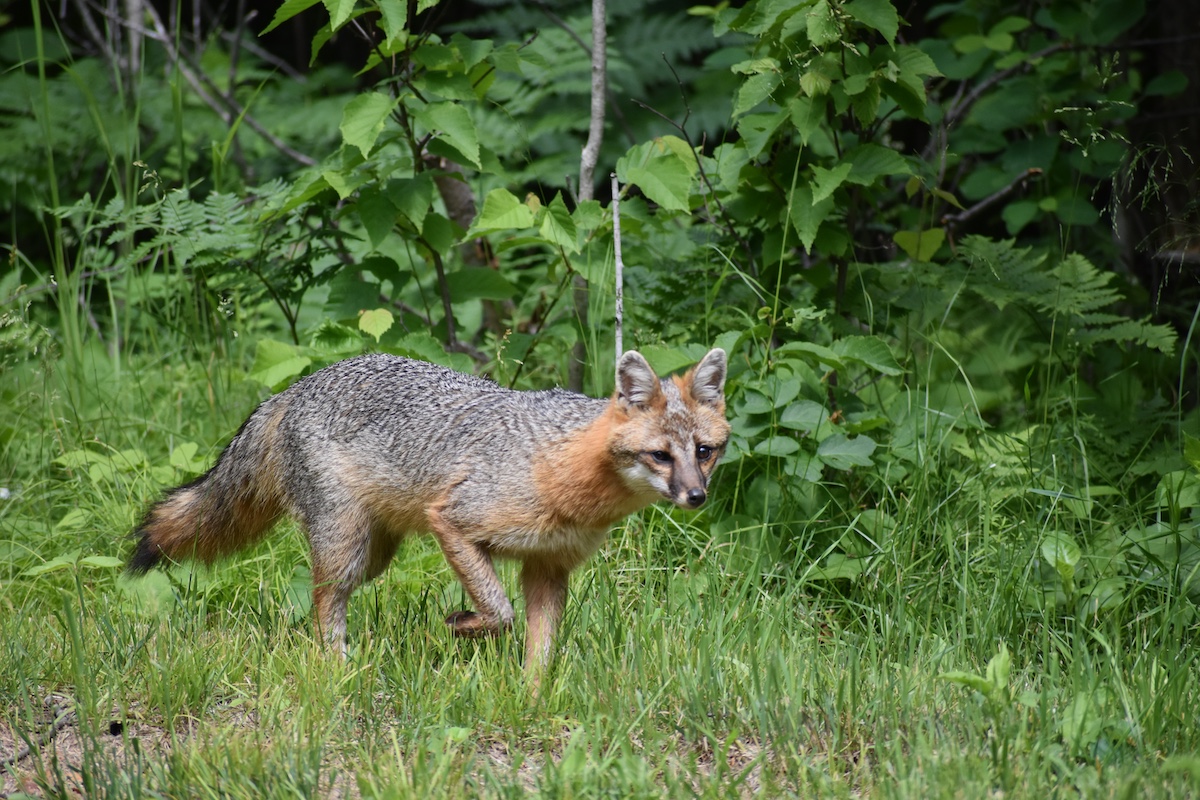
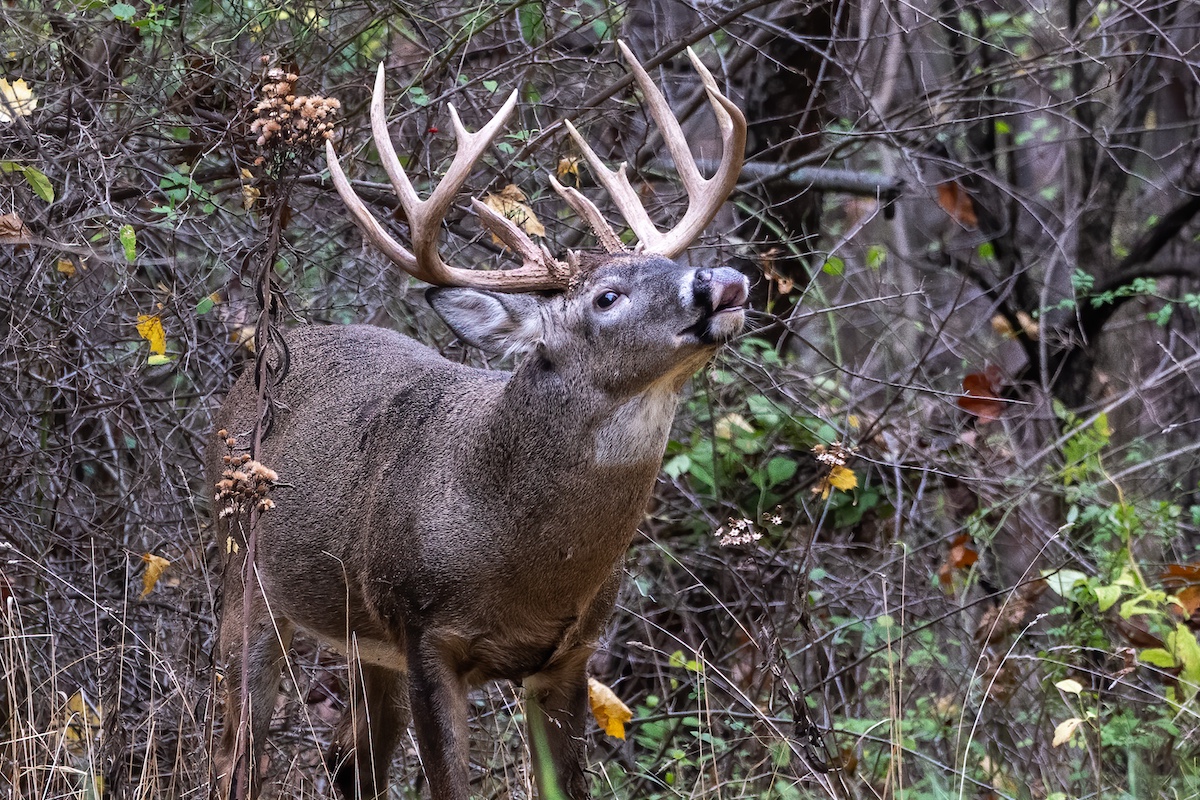
Submit a question for the author